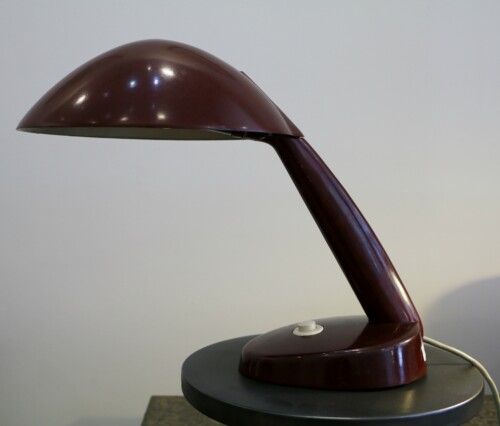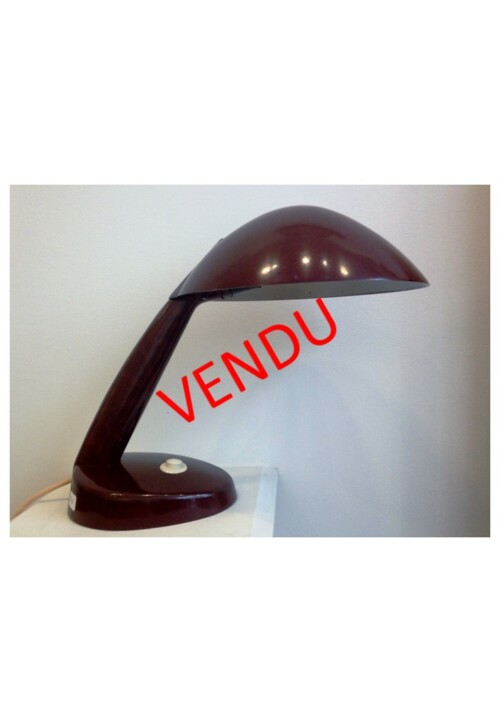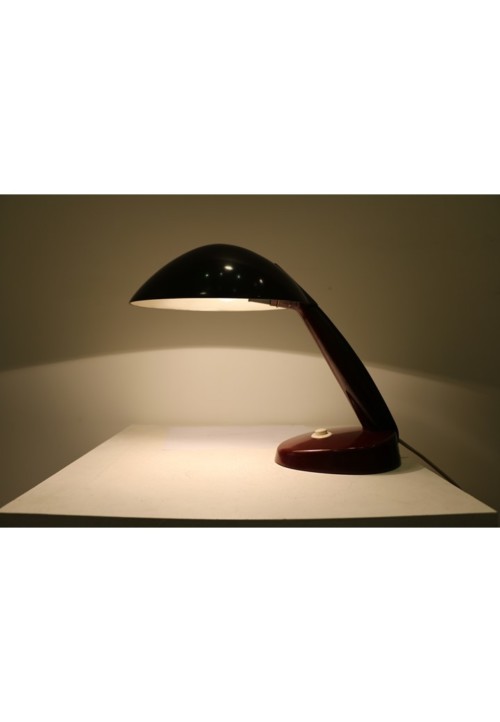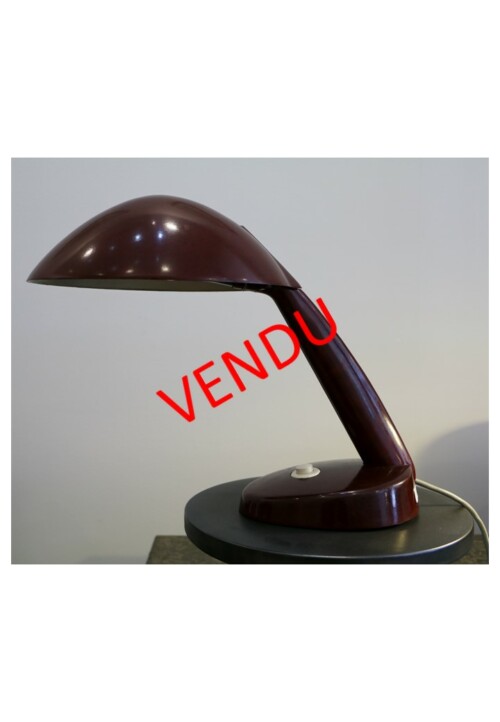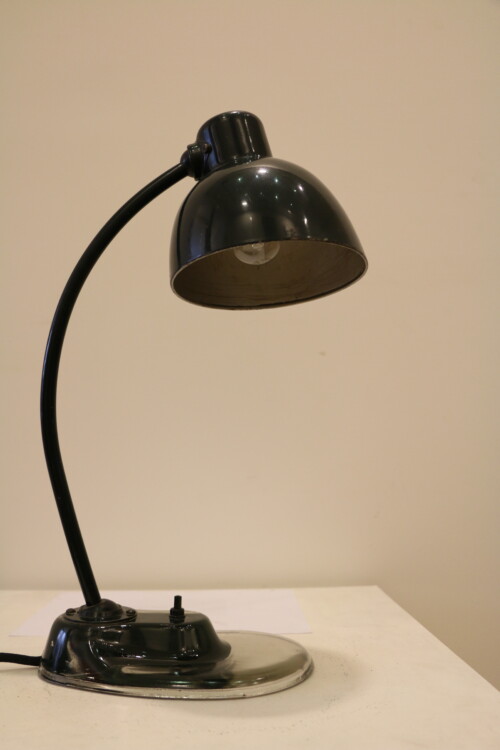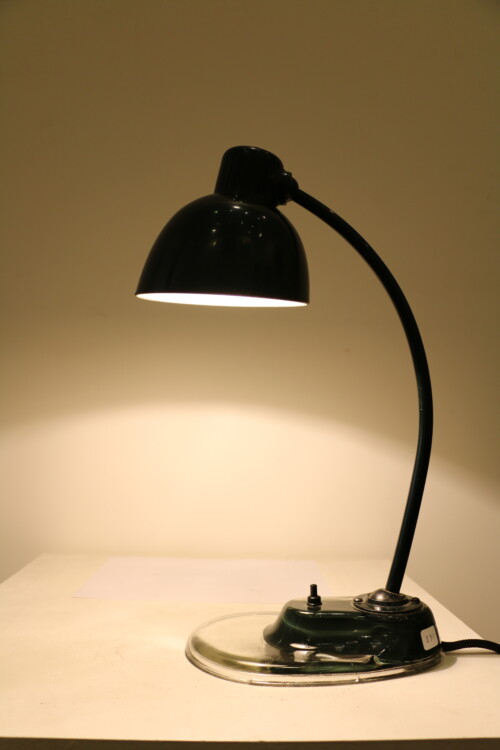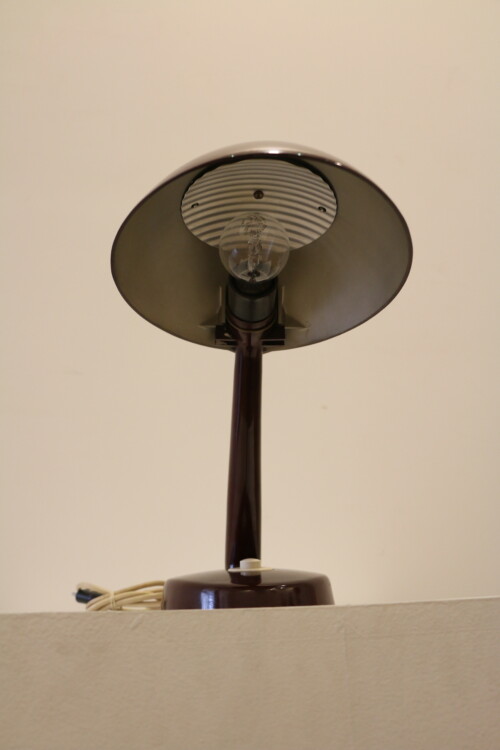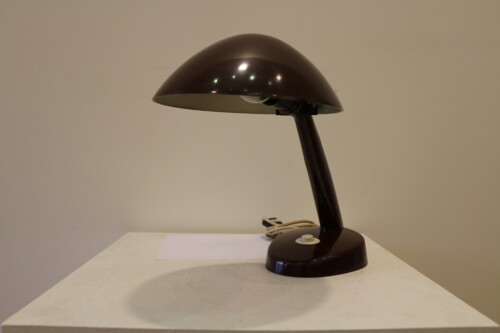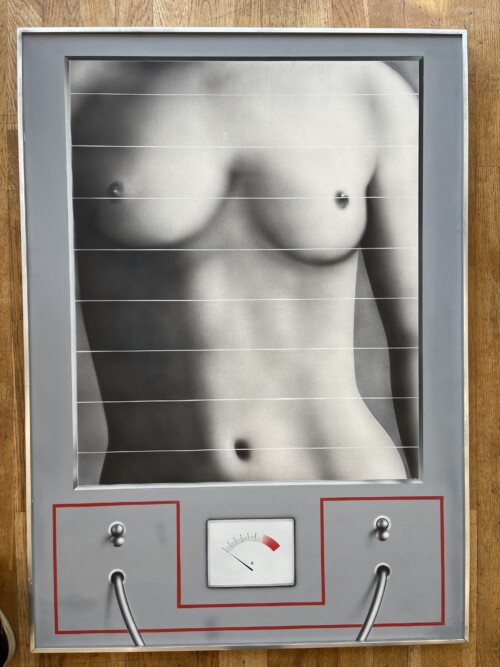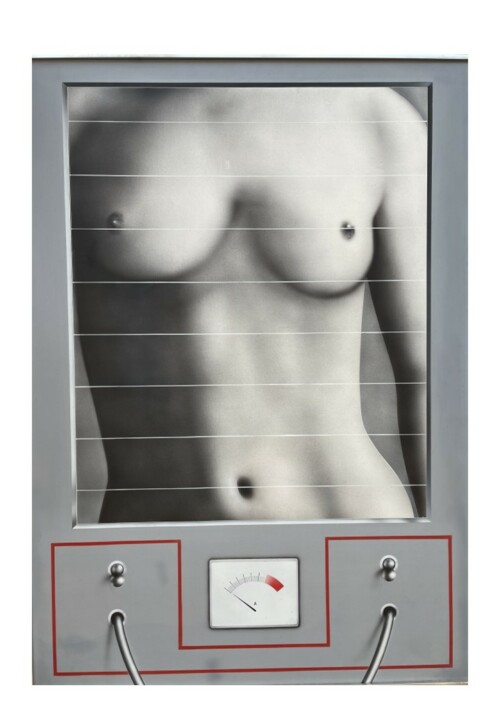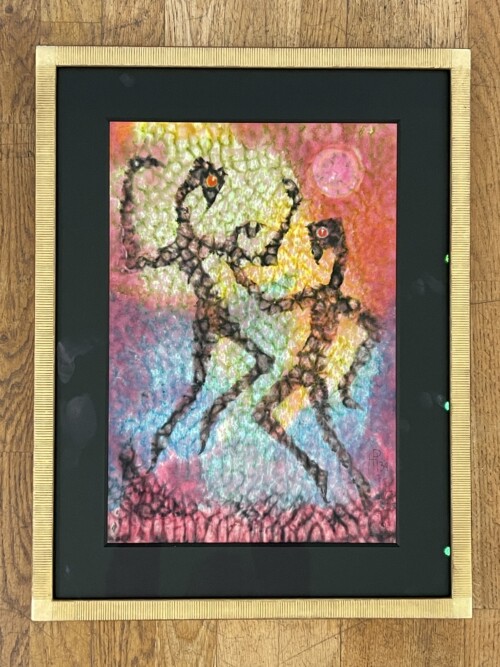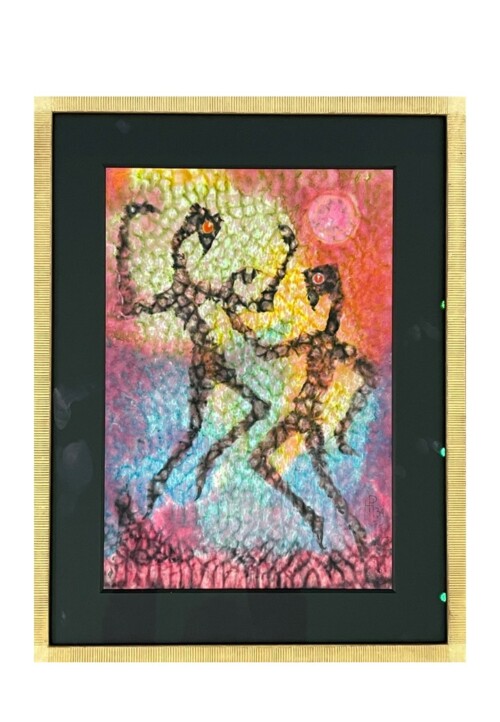KLASEN Peter (né en 1935), “Expérience I”, 1972, acrylique sur carton, signé, daté, titré au dos.
Exceptionnelle peinture réalisée par Peter Klasen en 1972.
Peter Klasen est un artiste allemand, installé à Paris en 1959 rejoignant l’avant-garde internationale parisienne et fuyant cette Allemagne déchirée et ruinée d’après-guerre. Il fait partie de ces artistes des années 1960 qui renouvellent la peinture figurative en opposition à l’abstraction.
Ses œuvres, reconnaissables par un usage de l’aérographe, sont composées de corps, souvent féminins, mêlés à des objets sanitaires, machiniques, utilitaires. Ses œuvres traitent de sa vision d’une société transformée par la modernité, des conflits de la vie moderne, des villes traumatisantes, aliénantes.
Cette œuvre est exceptionnelle car c’est une œuvre de la meilleure et plus intéressante période de l’artiste (années 1960-1970). Les œuvres de cette période sont caractérisées par un usage du gris, blanc et noir ; elles sont les plus recherchées.
L’œuvre est vendue avec un certificat délivré par l’artiste le 14 septembre 1982. Elle est signée, datée et titrée au dos et provient de la prestigieuse collection Jean-Pierre et Martine Nuand.
H : 105 cm L : 75 cm
Biographie :
LASCAULT, Peter Klasen, Ides et Calendes, Neuchâtel, 2005
LE THOREL, Peter Klasen et la photographie : l'investigation du réel, Actes Sud, Arles, 2010
TILMAN, Peter Klasen, éd. Galilée, Paris, 1979
----------------------------------------------------------------
Stunning painting by Peter Klasen (born in 1935), “Expérience I”, 1972, Acrylic on cardboard.
Peter Klasen is a German artist settled in Paris in 1959. He joined the international Avant-Garde in Paris, fleeing post-war defeated and divided Germany. He is among the artists who renew figurative painting in opposition to abstraction.
His paintings are recognizable by the use of an airbrush. His artworks are representing female bodies intertwined with sanitary, machinist and utilitarian objects. He depicts his vision of a society changed by modernity, the conflicts of this modern life, and the traumatizing cities.
This painting belongs to his most sought after production period (1960-1970’s). His works from this period are characterized by the use of black, gray and white.
The artwork is sold with a certificate written by the artist on the 14th of September 1982, and comes from the famous Jean-Pierre and Martine Nuand collection. It is signed, titled and dated on the back.
H : 105 cm/41.34 inches L : 75 cm/29.53 inches
Biography :
LASCAULT, Peter Klasen, Ides et Calendes, Neuchâtel, 2005
LE THOREL, Peter Klasen et la photographie : l'investigation du réel, Actes Sud, Arles, 2010
TILMAN, Peter Klasen, éd. Galilée, Paris, 1979
